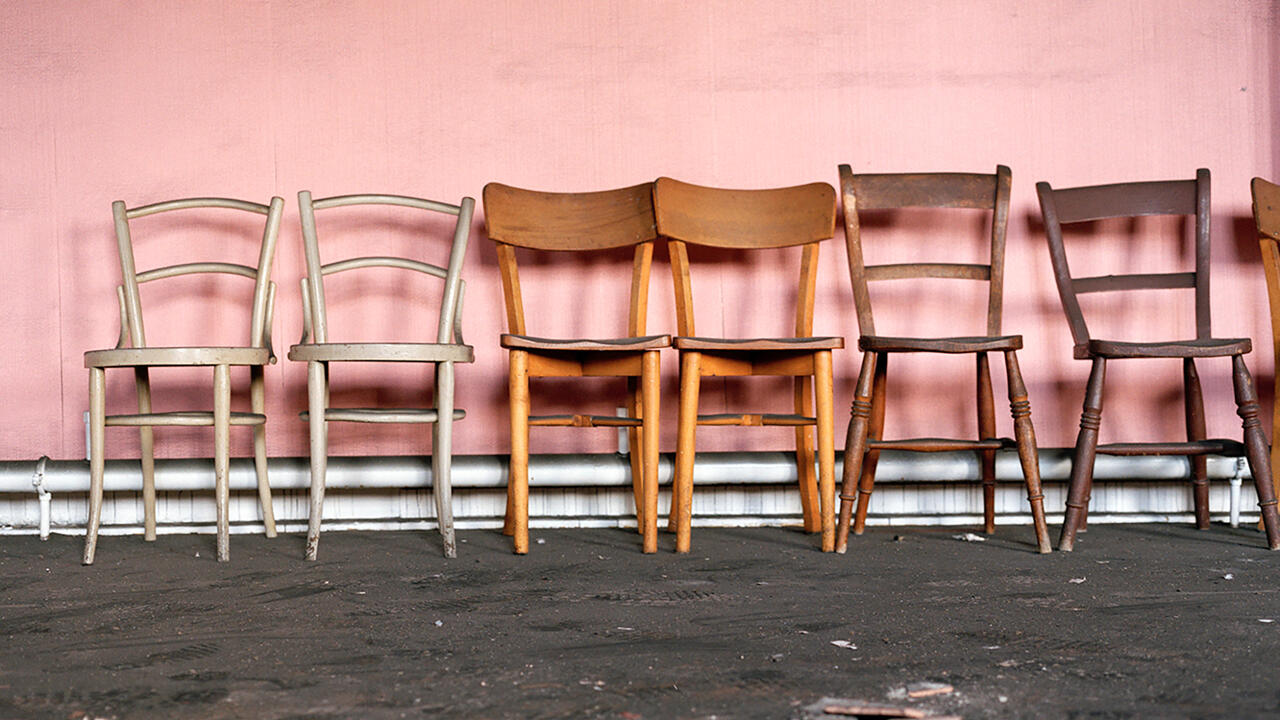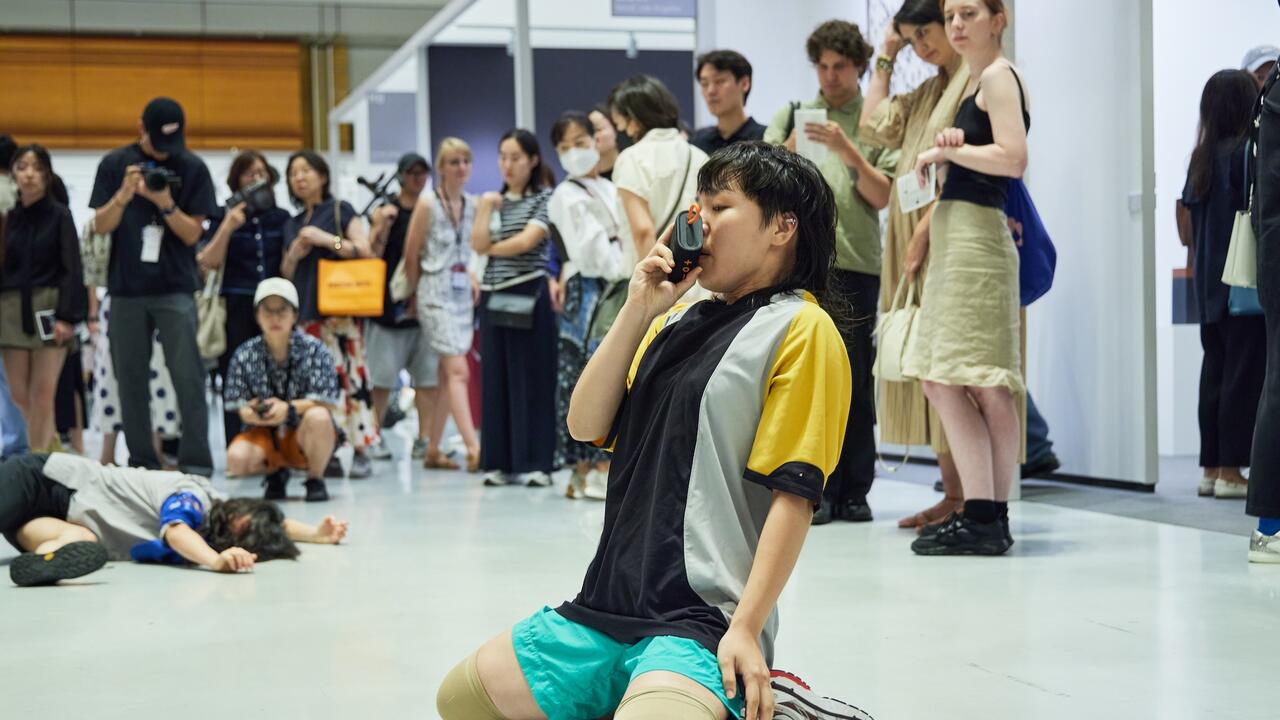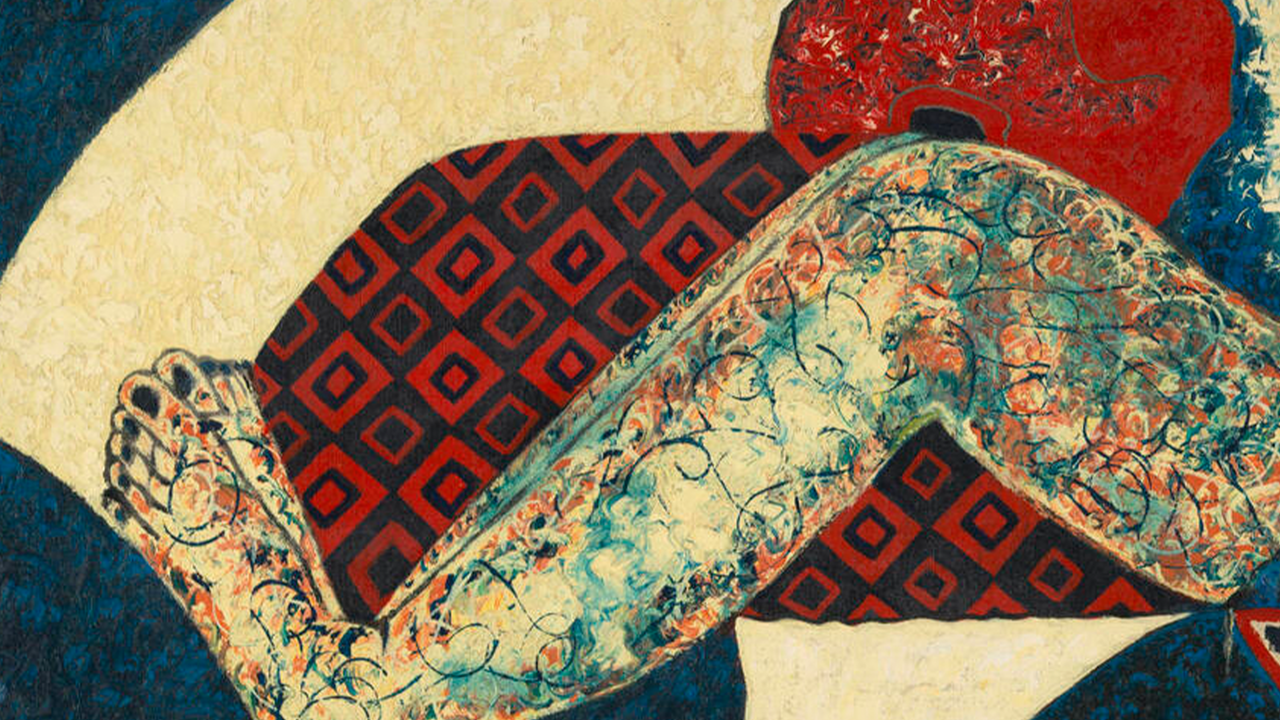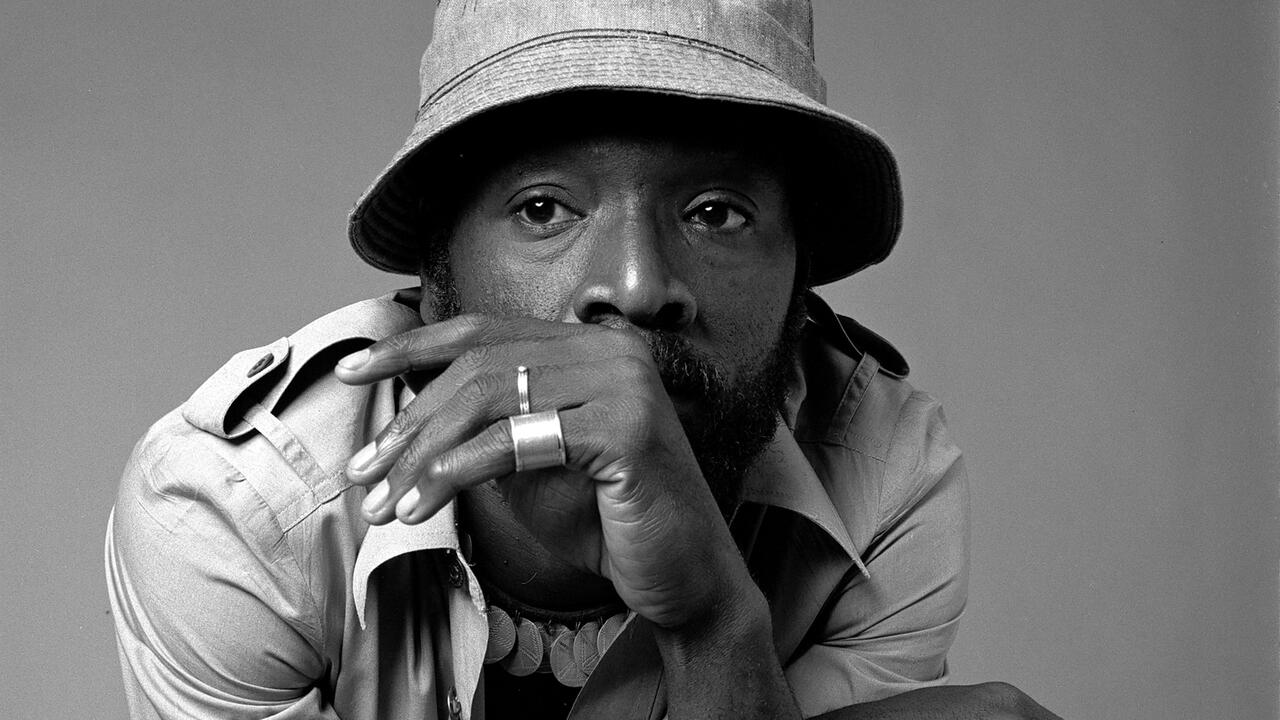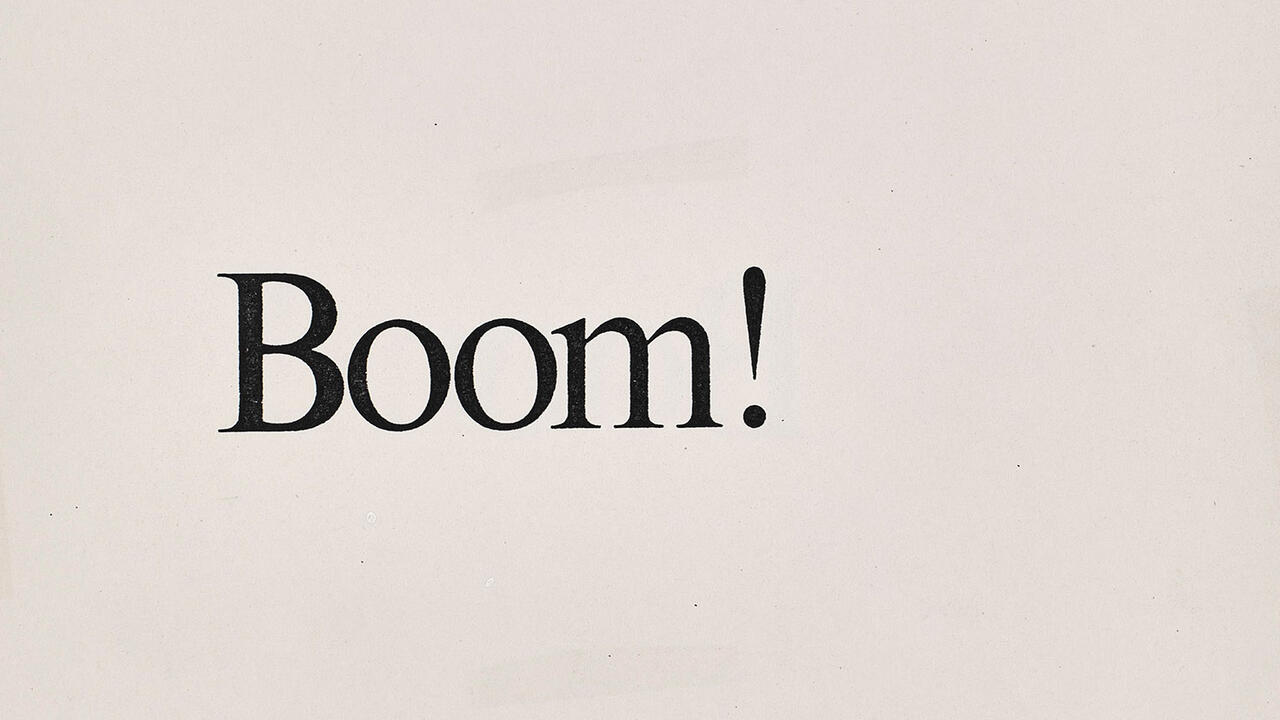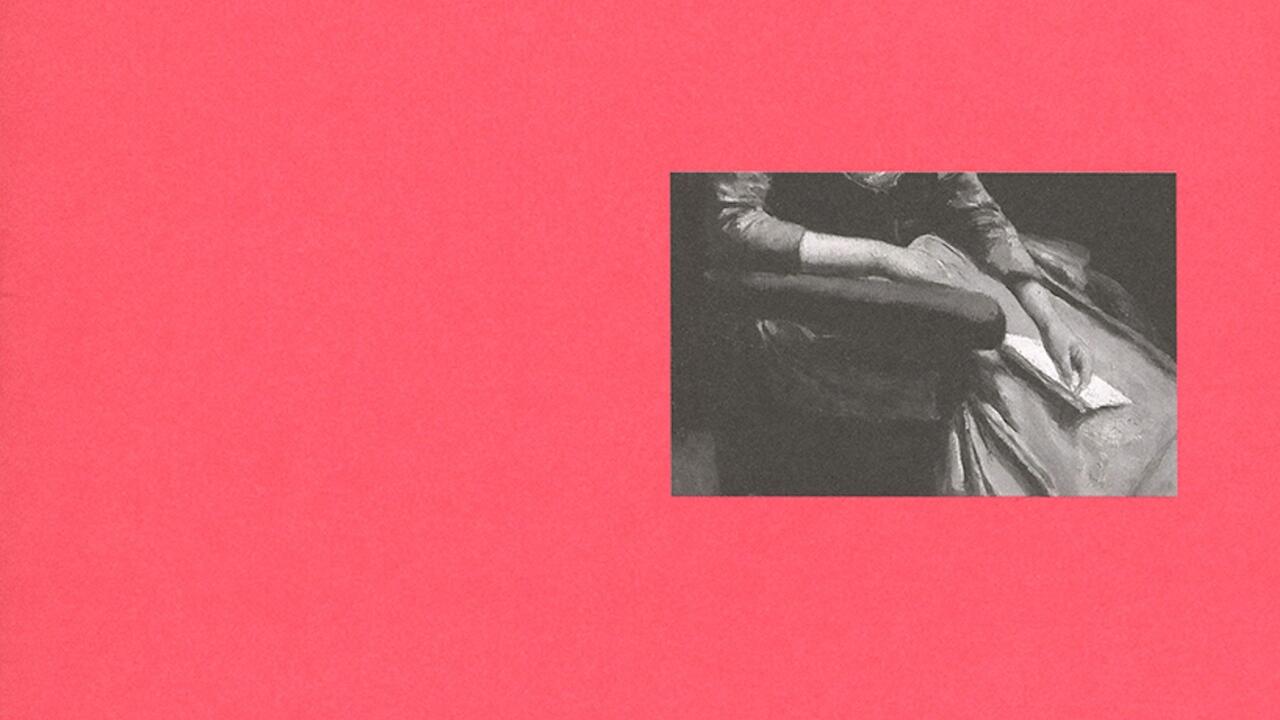The Year in Review: Museums Are Leaving AI Hype Behind
This year, arts institutions jettisoned dead-end questions about art made with artificial intelligence – and instead asked viewers to learn how it works
This year, arts institutions jettisoned dead-end questions about art made with artificial intelligence – and instead asked viewers to learn how it works

The first time I put on a virtual-reality headset, I was at a museum. For many in the art world, exhibitions that began cropping up about around 2019, such as ‘AI: More Than Human’ at the Barbican Art Gallery in London, offered first encounters with visuals created by generative adversarial networks (GANs) and other new machine-vision technologies. Since the public release of applications like Dall-E and Midjourney in 2022, images made with generative AI have become inescapable.
How should museums handle art made with machine learning in this environment? Recent years have seen institutions fall short in navigating a middle course between hysteria and hype; too often their exhibitions perpetuate the mystifying language of ‘hallucinations’ and ‘dreams’ that positions the technology as some alien miracle. But in 2024, art institutions proffered more thoughtful, measured approaches to understanding AI and its impact on creative work – moving the conversation away from the dead-end question of whether AI can make art to the question of what meaning artists can make with AI.

Since 2020, the Serpentine Galleries in London have published annual reports about art and advanced technologies, with the understanding that institutions can present their research in formats other than exhibitions and catalogues. This year’s ‘Future Art Ecosystems’ briefing – which speculated about ‘public AI’, or technological governance for the common good – included a breakdown of the levels at which artists interact with machine learning: as users of popular applications or as competitors who build tools of their own. It’s a comprehensive document aimed at cultivating informed audiences.
Serpentine also mounted ‘The Call’ (2024–25), an exhibition showcasing Mat Dryhurst and Holly Herndon’s use of AI models to compose music with an artificial version of Herndon’s voice. The pair understands the voice as a means of expressing an individual perspective as well as collective belonging. In their work, the voice is both a metaphor for how AI functions and an example of its use. The duo also participated in this year’s Whitney Biennial in New York with a project that offered a strategy for interacting with mass-market generative AI applications. Through xhairymutantx (2024), they teach Stable Diffusion to recognize Herndon as a caricature of herself – a cartoon in a green jumpsuit with huge orange braids – so that it won’t produce more photorealistic likenesses of her. In a biennial featuring so many artists who create spaces of withdrawal and retreat, Dryhurst and Herndon demonstrated a tactic for engaging with contemporary networks on their own terms.

At the Asia Culture Center in Gwangju, ACC 2024 Future Prize winner Ayoung Kim showed Delivery Dancer’s Arc: Inverse (2024), a striking example of an artist finding meaning in the operations of AI. The multichannel science-fiction film follows a delivery worker who jumps across timelines as she completes her route. The visuals stylistically morph from anime to cinematic CGI to video-game graphics, their porous contours signalling the use of machine learning. Kim maps AI’s use of probability to create images to the speculative physics of multiple possible worlds. The unity of tools and themes enhances her tale’s melancholy mood. Her exhibition was another instance of an institution spotlighting an artist with a distinctive reading of AI, underscoring the way it can be used in concert with other creative genres and technologies to produce emotionally impactful work.
Institutions also have an important role to play in fleshing out the histories and contexts of AI. ‘2024 Future Media FEST: Singularity’ at C-LAB in Taipei displayed a timeline with explanations of the difference between GANs, diffusion models and other machine-vision technologies with a level of detail and clarity that I haven’t yet seen at a Western museum. The group show featured, among other works, an earlier iteration of Kim’s Dancer Delivery project from 2022 and Prompt: Dupe Arts (2024) by Taiwanese collective Simple Noodle Art. A YouTube tutorial on making the kind of abstract art seen in home furnishing catalogues was used by Simple Noodle Art to generate prompts for monochrome compositions in Stable Diffusion, with the outputs realized as a suite of small paintings. Amid all the handwringing about AI and originality, Prompt: Dupe Arts is a sharply funny reminder that people don’t always want art to be original.

Concurrently with the biennial, the Whitney Museum presented Harold Cohen’s AARON – an undertaking conceived in the late 1960s – as a pioneering project in artistic AI. The former painter coded his program for decades, teaching it rules for selecting subjects and constructing compositions. Highlighting AARON’s growth over time, the exhibition featured art from different stages of the program’s development, in varying forms; software running in real time to produce digital projections and plotter drawings was accompanied by paintings composed by AARON and painted (or coloured) by Cohen. Cohen had a direct role in shaping the program; many machine-learning programs we encounter today manage their own development without human intervention. What we call ‘AI’ changes with time, and this exhibition put that in perspective.
Too often in the art world, the posture of criticality becomes an alibi for ignorance. Armed with a few secondhand facts about the dangers of new technologies, people refuse to learn anything more about them. It happened with NFTs. It’s still happening with AI. But a handful of institutions this year showed how critical engagement with new technologies doesn’t have to mean rejecting them outright – that the truly rigorous position is continuous learning.
Main image: Holly Herndon and Mat Dryhurst with sub,‘The Call’, 2024–25, exhibition view. Courtesy: the artist and Serpentine Galleries; photograph: © Leon Chew





